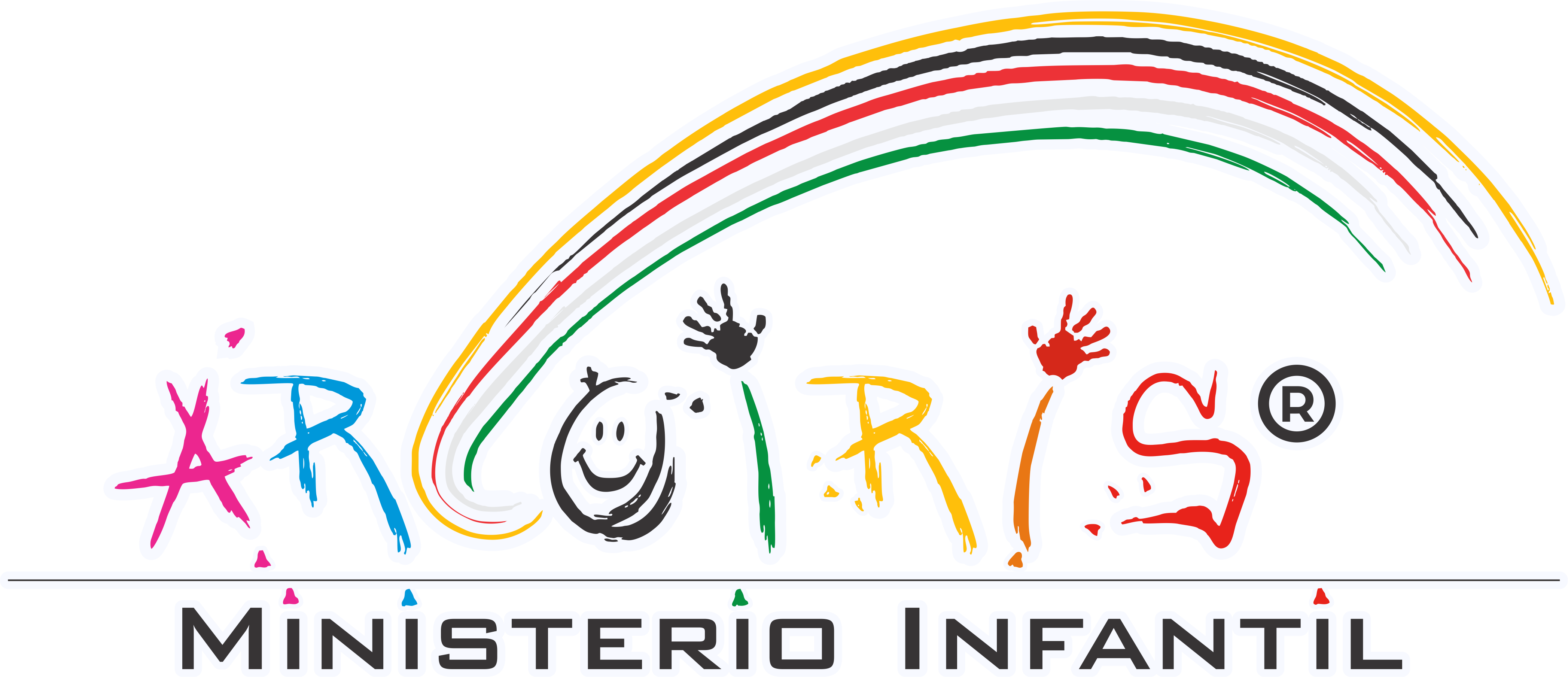How to Keep Kids’ Interest and Help Them Learn

At one particular church, we didnt see a real change in the kids involvement in the opening worship (song time) until they were involved in the altar times. All of our services focus on a commitment to a goal. For example, if the service teaches on forgiveness, then the altar times focuses on actually forgiving others and asking Gods forgiveness for having had an unforgiving heart. Or if the service teaches on a devotional life, the altar time will be spent in prayer to commit to God to spend daily time with Him. The altar time is important as the kids need not just to hear you speak, but to wait quietly before God and hear Him speak directly to their hearts. That is what will make the biggest change in their attitudes toward the service, their participation, and their whole spiritual perspective! Once our kids began spending time at the altars, committing to make changes in their lives, and listening for Gods voice, God became very real to them. Then the words of the worship songs made sense, and the kids enthusiastically entered in and expressed their love for God as we lead song service and set the example for them.
Review games are an easy way to get kids involved in your service. Let them know sometime during the opening of service that you are playing a particular game at the end, letting them know which one and either that theyll have to correctly answer the question to play the game or will receive double points for correctly answering the question. Be sure to announce this is an exciting way, not as a disciplinary tactic. An occasional reminder during service of the review game at the end helps to redirect their attention to what is going on; just be sure its only occasional. Since kids love games, the anticipation of playing one adds to their level of excitement for being involved that day and for wanting to come back. To make the game time run smoothly, prepare your review questions from the days lesson ahead of time. For more info on review games, see the Game category of articles in the Vault and the Review Games or Software section of the Outlet Mall.
Varying the style of your teaching methods easily increases the participation level of your students. Many gospel illusions need a child to participate in the illusion. If you havent used an illusion before, dont be frightened off by them. Most gospel illusions are self-working, which means you do not need to learn any special talent, such as slight of hand, to do them. (You can find them in theGospel Illusion section of the Outlet Mall.) In certain object lessons, it would be just as easy to have a child come up and hold the object as you talk about it as it would for you to hold it. Or if you are going to be doing something with your object, such as tying, hammering, stirring, etc., you could just as easily ask a student to do that for you instead of doing that yourself. Then, the whole class pays closer attention because they identify with the child who is participating as if it were they themselves.Rebus is a participation method of teaching your scripture verse for the day. Since the words are replaced with pictures, it then becomes a game to solve, much similar to the old game show Classic Concentration, instead of usual rote recitation. Dont worry; you dont have to come up with the pictures. They are all in a software program ready for PowerPoint play, transparencies, or handouts.
The last teaching method for participation I want to go through in a little more detail because it is so unusual and so few people have seen it.Mop and Broom Puppetry is actually not puppetry at all! It does not use the puppet team or their puppets.
Everywhere we have tried this, the kids loved it! Picture in your mind a method that easily involves every child in the class, whether you have a class of 6 or 600, is inexpensive, and takes little preparation. Sound too good to be true? Almost, but it isnt! Mops and brooms are used to make the puppets, the yarn or bristles become the hair surrounding a Velcroed face. Several children, using mop and broom puppets, act out the parts of the main characters. The story is carefully written with action words for your puppeteers to act out. The remaining class members participate as the sound effects crew through key word sound effects which also have been strategically placed throughout the script. And, for you, the teacher, no memorization is involved since the story is read to ensure use of the action words and sound effects. Whats the result? A great deal of fun and the ultimate in audience participation! Preparation is limited to gathering of the puppets, a single curtain wall for a stage, and some props. Kids love so much to participate that mop and broom puppetry easily becomes an added method of crowd control. Once the kids have seen it, and they hear at the beginning of class that youre going to be using it that day and that youll be looking for well-behaved kids to run the puppets, theyll do anything to be able to participate. For full details, puppet-making instructions, and skits, see the Ultimate in Classroom Participation book, but Ill give you a brief sample of this exciting method below.
Select a group of children to work the puppets and props, if the story calls for it. While they are getting ready, go through the sound effects with the rest of the class. Whenever you read one of those underlined key words, the class will respond with that sound effect. For example, should you use the word rain, the children tap lightly on their chairs to create the sound of falling rain. Once you begin to read the story, the children working the puppets act out the story for the rest of the class. Take a look at the opening of my favorite mop and broom skit.
SIR LOSTALOT (LOST-A-LOT)
Topic: Armor of God
Characters: Sir Lostalot, Sir Wickedness, Lady Lucy, King, Trumpeter
Props: Helmet, sword, shield, breastplate, belt, trumpet, stick, knife
Key words: Trumpet = (sing) Dum, da, da, dum
Lost = Oooooh (sigh)
King = (shout) Long live the King
Sir Wickedness = (Dragnet theme) Dum, da-dum, dum
Lady Lucy = (high voice) Help me! Help me!
Won = (shout) Hooray!
Once upon a time in a land not so far away lived a gallant young knight named Sir Lostalot. He got this name because when he fought battles, he alwayslost. One day, theKing sent for Sir Lostalot. As Sir Lostalot entered the throne room, the Trumpeter gave a great blast on histrumpet. “Why have you sent for me?” asked Sir Lostalot. TheKing replied, “Sir Lostalot, there is an emergency.Sir Wickednesshas kidnappedLady Lucy. We need you to rescue her.” Sir Lostalot immediately ran to findSir Wickedness andLady Lucy (Continued inThe Ultimate in Classroom Participation Book, copyright 1994.)
This particular script has more props than normal since it is dealing with the armor of God than in stories dealing with daily issues, such as peer pressure or controlling your temper, but it gives you a good idea of how this exciting participation method works.
Discipleship
An important area of participation for your childrens church kids is a discipleship-type program for your older students. Its an opportunity for the older students to be taught in a small group setting, it gives the younger kids something to aspire to, and it develops added spiritual responsibility and leadership before they go into their teen years. Dont let that scare youit isnt as hard as it sounds! Some people like to develop their own program and some would rather have a curriculum. We wrote a program called True Leadership for Children. Over a 3 month period, we took our older students through five sessions that taught them the Biblical requirements for leadership, the necessity and how-tos of a devotional life, details of their relationship to the Holy Spirit, steps for an effective prayer life, and guidelines for altar ministry. These deacon/deaconesses were also given job descriptions for various ministry responsibilities and set up on a rotating schedule to have active leadership roles during the childrens church service. How beneficial is such a program to your kids and is it actually worth your effort? Ill answer through the testimony of another pastor on our staff. We all realize the setbacks many of our kids go through after leaving to go into youth group due to the increased level of peer pressure. A little while after our first group graduated into the junior high youth group, the pastor of that area came and told us, “I cant believe the change in this years group of kids. Usually when they come in, they are very intimidated by the older kids. This group sits up on the front row, enters easily into worship, and is the first to the altar during prayer time.” Discipling your kids so they can participate in a higher level of ministry involvement will bring eternal changes far beyond what you can measure!
Discover more from Ministerio Infantil Arcoíris
Subscribe to get the latest posts sent to your email.





